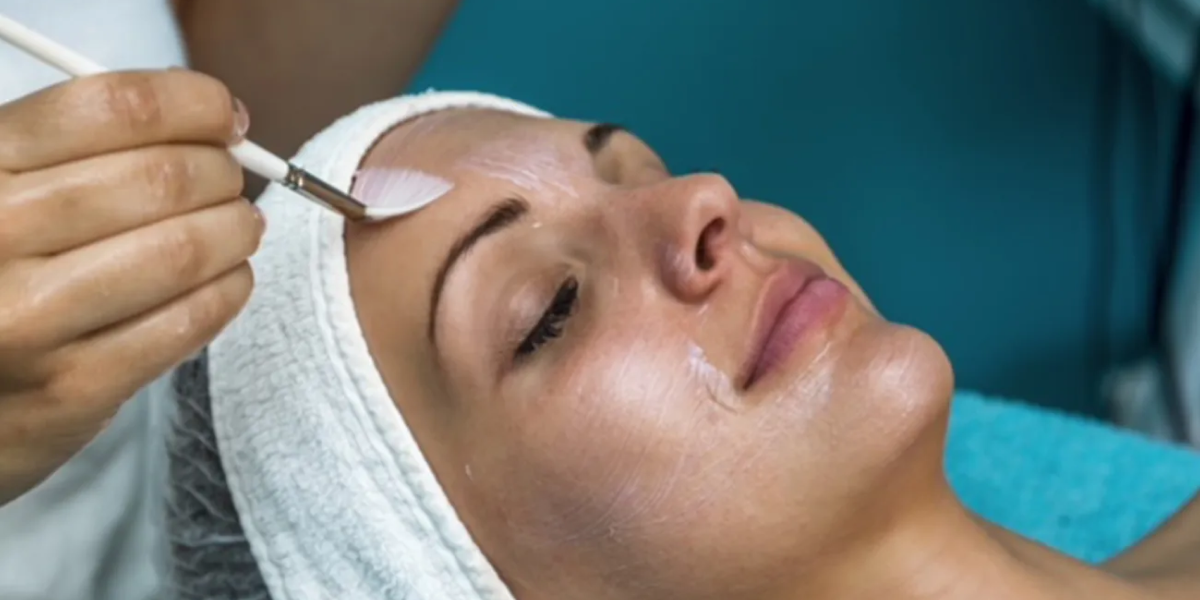
Chemical peels, a popular skincare procedure, come in various depths, each targeting specific skin concerns. In this comprehensive guide, we explore the realm of chemical peels, with a particular focus on superficial peels, shedding light on the different types and their unique benefits.
What are the different types of superficial peels?
Light chemical peels, also known as superficial peels, delicately exfoliate the skin with mild peeling agents, primarily affecting the top layer (epidermis). The common acids employed in superficial peels include:
Alpha Hydroxy Acid (AHA) Peels:
- AHA peels, such as glycolic acid, offer a gentle solution to address fine lines, dry skin, minor acne, and uneven skin tone.
- A variety of AHAs, like citric acid, lactic acid, malic acid, and tartaric acid, cater to specific skincare needs.
Beta Hydroxy Acid (BHA) Peels:
- BHA peels, featuring salicylic acid, are effective for those with oily or acne-prone skin.
- The lipid base of BHA peels allows for deeper penetration, clearing out pores and reducing inflammation associated with acne breakouts.
Jessner’s Peels:
- Combining lactic acid, salicylic acid, and resorcinol, Jessner’s peels penetrate deeper layers, often followed by retinoid acid for enhanced skin healing and renewal.
Medium Depth Peels:
Medium peels offer more profound results, with one of the most common being the Trichloroacetic Acid (TCA) Peel.
- Trichloroacetic Acid (TCA) Peels: Tailored Transformations
- TCA peels, available in various strengths, prove effective for pigment irregularities, sun damage, deep wrinkles, acne scars, and even pre-cancerous growths (actinic keratosis).
- TCA may be combined with salicylic acid for optimal outcomes, and higher concentrations require professional administration.
Cautions and Aftercare
While chemical peels yield transformative results, it’s crucial to be mindful of potential side effects:
- Temporary and mild side effects include burning, dryness, redness, and swelling.
- Sun exposure must be avoided post-treatment, and regular sunscreen application becomes essential.
- Temporary changes in skin tone may occur within the first few days post-treatment, varying from lighter to darker tones.
